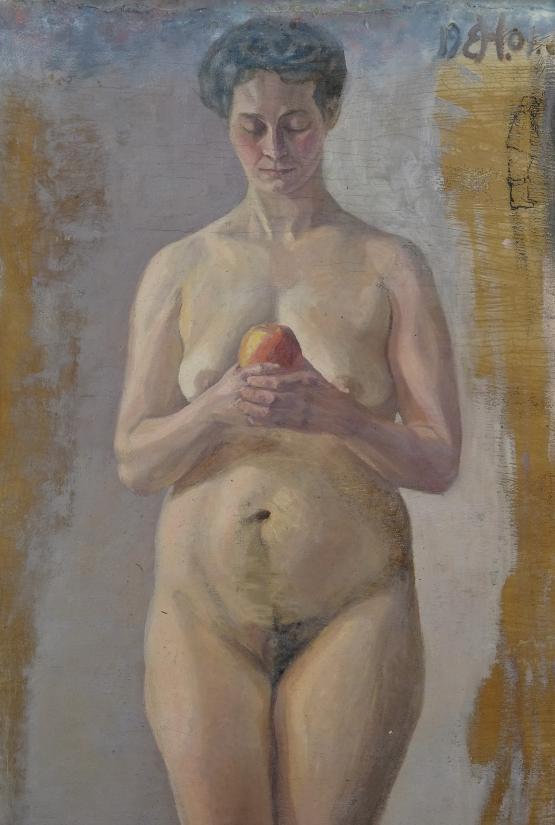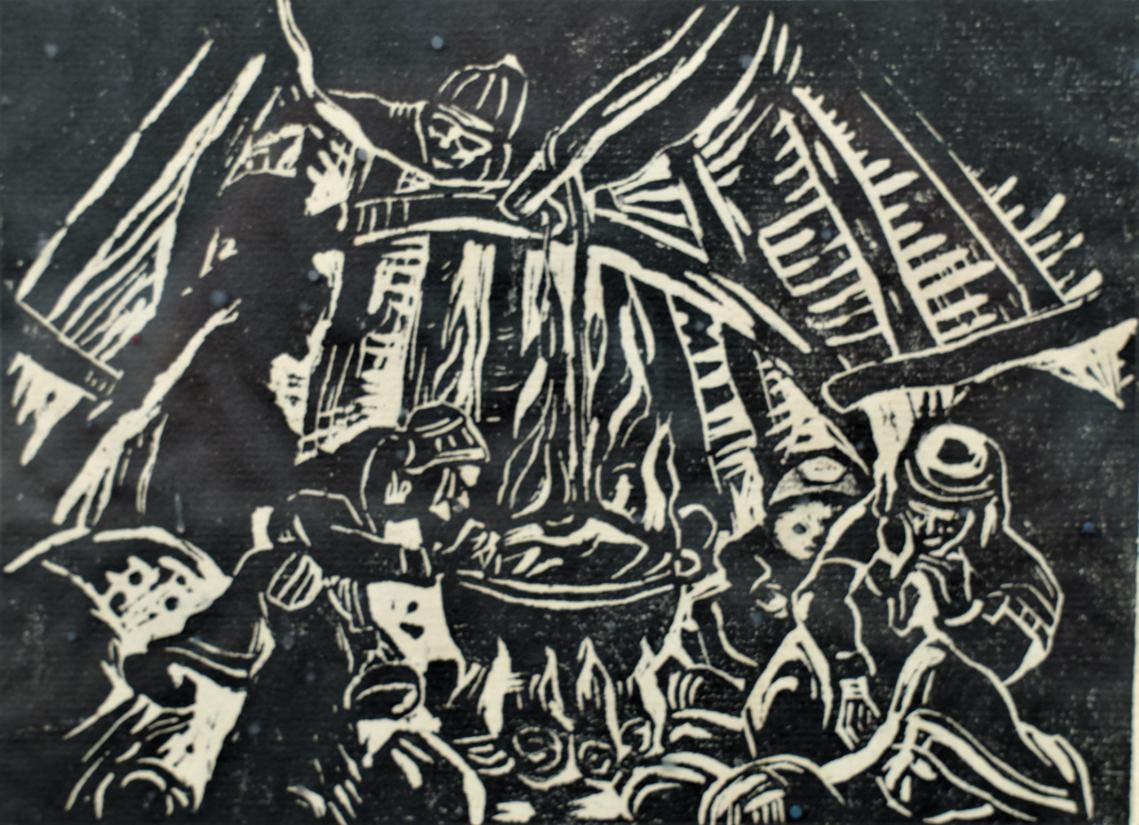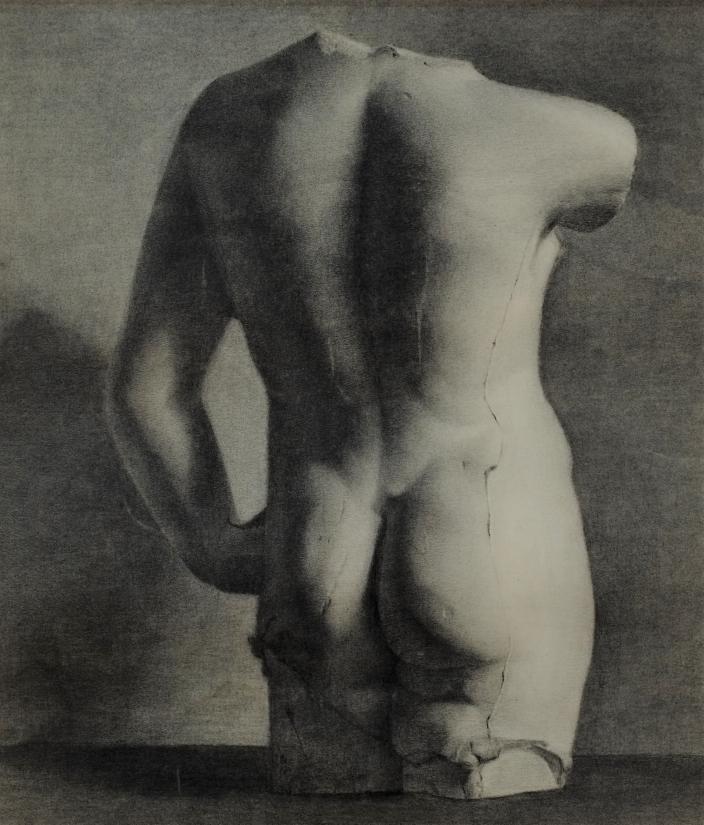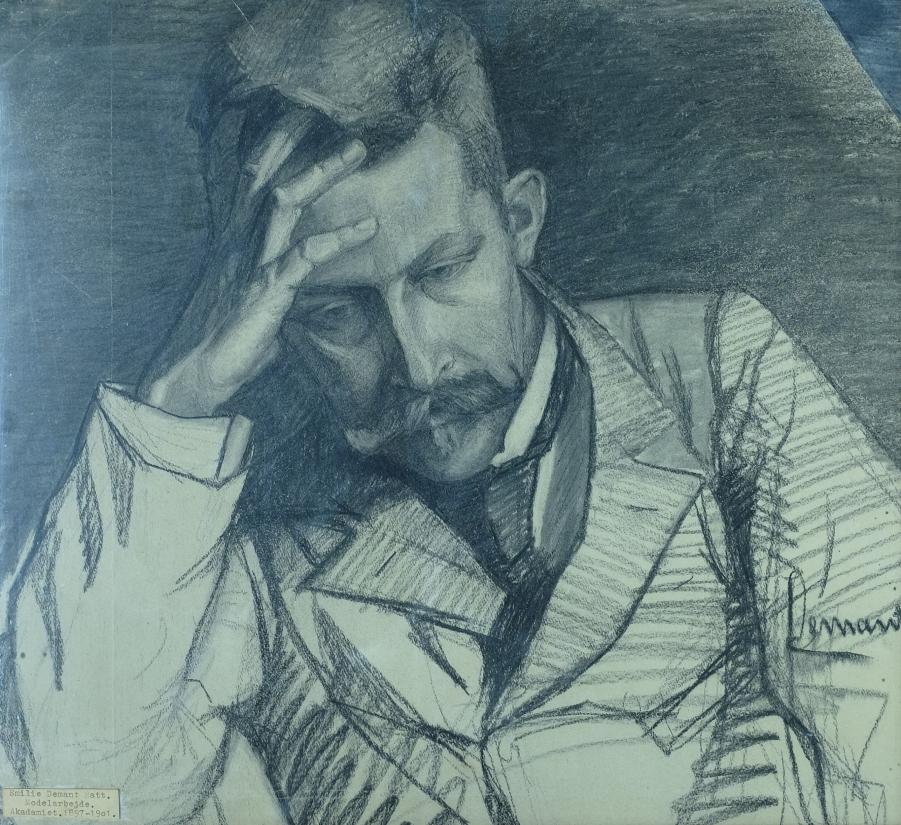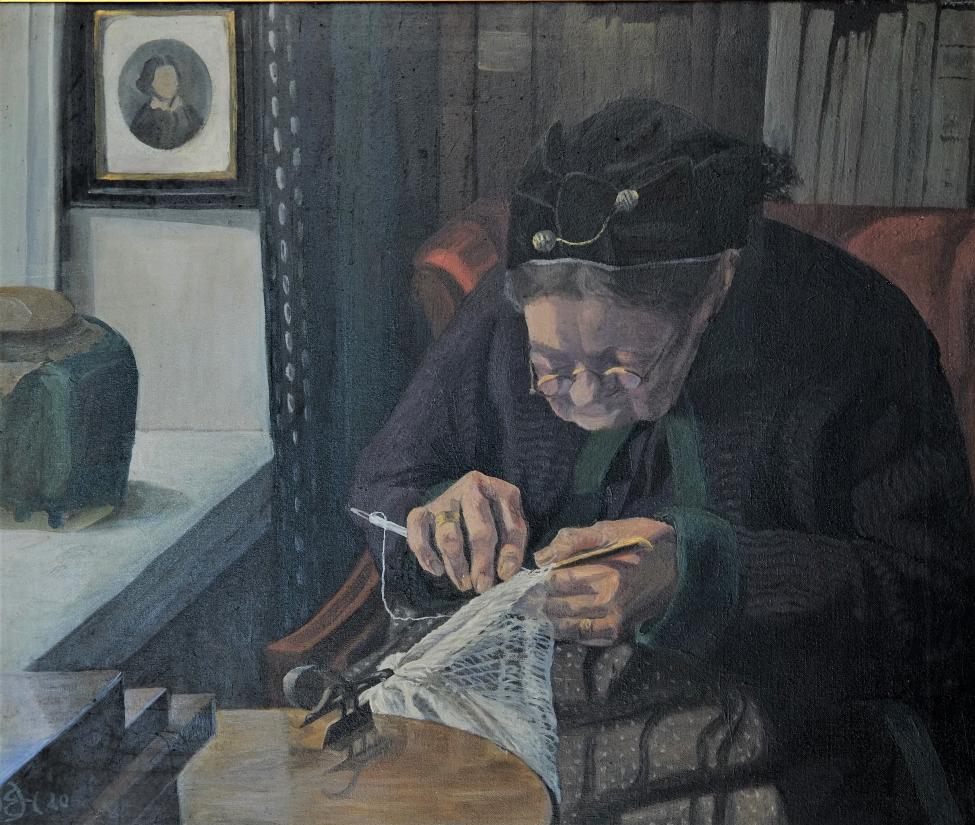After her death in 1958, the Danish expressionist Emilie Demant Hatt has more or less disappeared from mainstream art history. Now, Museum Salling hopes to change that with its acquisition of more than 100 objects from Demant Hatt’s student years around 1900. The new acquisition is an important supplement to the museum’s extensive collection of her works.
The unusual expressionist’s early years
‘In Emilie Demant Hatt, Danish expressionism has one of its most original and significant talents; a fact that, sadly, is not widely recognized.’
This was art critic Betel Engelstoft’s assessment of Demant Hatt’s deeply personal, expressionistic paintings in a review in 1942. However, Demant Hatt’s early works also deserve attention. Even though her career can be broken up into two phases – a naturalist and an expressionist period, the latter inspired by her time in Sápmi – the newly acquired collection from her early years shows that the two periods may not have been so disparate after all.
In 1901, Demant Hatt painted Model med æble (Model with apple). A nude woman is portrayed in cool, dynamic colour shades against a multi-coloured, vibrant background. This naturalist portrait is a subtle example of Demant Hatt’s early experiments with perspectives and colours.
The sketches not only illustrate Demant Hatt’s keen eye for Danish everyday life but also reflect the artist’s poetic mind, love of adventure and great interest in myths and folklore. Her topics include Greek mythological beings and fabulous creatures, and in an early linoleum print Demant Hatt very effectively depicts a people gathered around a fire. Her pencil studies represent human torsos, animals’ heads, legs and hoofs with almost photographic precision and loving attention to detail. This points to her later works, which had Sami culture as its main topic.
Demant Hatt’s personal notes and comments are also included in the material that is now going to Museum Salling, where it will make a substantial contribution to the research potential of the museum’s Demant Hatt Collection.
Museum Salling and Demant Hatt today
Museum Salling was the first museum to stage an exhibition of Demant Hatt’s work after her death. The exhibition was held in 1983 and was made possible by a bequest in the artist’s will. Since then, the museum’s Demant Hatt Collection has grown significantly. Today, it spans from early drawings from the artist’s student years and naturalistic representations of nature to experiments with modernist expressions during the 1910s and 1920s and, finally, to the mature, expressive works from the 1930s and 1940s.
Today, Demant Hatt’s work is represented at Nordiska Museet (Nordic Museum) in Stockholm and in the art collection of Museum Salling.
About the artist
Emilie Demant Hatt (1873–1958) was born in Selde, north of Skive. She grew up with a burning desire to become an artist at a time when the ‘real’ academy of fine arts only accepted men. She took painting lessons in her youth, and in 1898, she was accepted into the Royal Danish Academy of Fine Arts’ school for women. As early as 1903, she debuted at the Charlottenborg Spring Exhibition. After a trip to Sápmi in Sweden she learned Sami at the University of Copenhagen, and in 1907 she spent a year travelling with the nomadic Sami people – a year that she describes as ‘the richest and most unusual year of my life’. She captured the Sami way of living in words, drawings and paintings, and towards the end of her life she was dubbed a knight of the Swedish Royal Order of Vasa Ridder. After Demant Hatt’s death, the main interest has been directed at her personal life, overshadowing the focus on her art.
